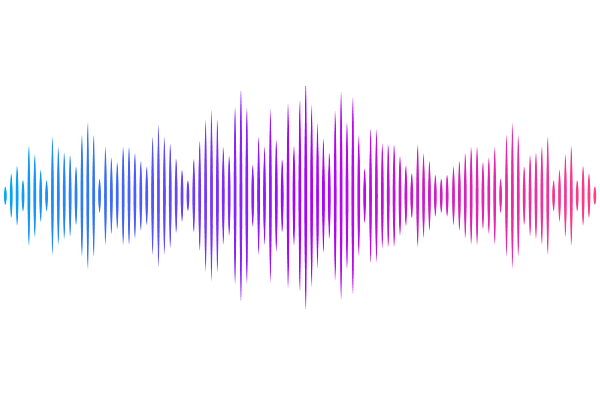The S-PLUS Fornax Project (S+FP): Mapping H$α$+[NII] emission in 77 Fornax galaxy members reaching $\sim$4 Rvir

The S-PLUS Fornax Project (S+FP): Mapping H$α$+[NII] emission in 77 Fornax galaxy members reaching $\sim$4 Rvir
A. R. Lopes, A. V. Smith Castelli, A. C. Krabbe, J. A. Hernandez-Jimenez, D. Pallero, S. Torres-Flores, E. Telles, M. Sarzi, A. Cortesi, J. Thainá-Batista, R. Cid Fernandes, E. A. D. Lacerda, M. Sampaio, V. H. Sasse, F. R. Herpich, I. Andruchow, R. Demarco, L. A. Gutiérrez-Soto, M. Grossi, R. F. Haack, P. K. Humire, C. Lima-Dias, G. Limberg, C. Lobo, L. Lomelí-Núñez, P. A. A. Lopes, D. E. Olave-Rojas, S. V . Werner, F. Almeida-Fernandes, G. B. Oliveira Schwarz, W. Schoenell, T. Ribeiro, A. Kanaan, C. Mendes de Oliveira
AbstractThe Fornax cluster, the second-largest galaxy cluster within 20 Mpc, presents an ideal environment for studying environmental effects on galaxy evolution. Utilizing data from the Southern Photometric Local Universe Survey (S-PLUS), this study explores the H$\alpha$+[NII] emission maps across an area of approximately 208 square degrees around NGC 1399. For such, a dedicated semi-automated pipeline, Pixel-to-Pixel Emission Line Estimate (PELE), was developed to generate emission line maps by processing S-PLUS images using the Three Filter Method. A morphological analysis was conducted using the ASTROMORPHLIB package to determine whether H$\alpha$+[NII] emitters exhibit perturbed features. The study successfully detected 77 H$\alpha$+[NII] emitters with $r<18$ mag, extending to four times the virial radius of the Fornax cluster. PELE demonstrated its ability to recover flux down to 2e-17 erg s$^{-1}$ cm$^{-2}$ when compared to H$\alpha$ maps from MUSE/VLT. Among the emitters, 25% are early-type galaxies (ETG) and 75% late-type galaxies (LTG). Signs of morphological perturbation or merger activity are observed in 44% of the LTG and in three ETG located beyond the cluster's virial radius. A significant fraction (91%) of the emitters are identified as recent infallers, primarily located in the northwestern region of the cluster, while others are associated with the infalling group Fornax A in the southwest. Disturbed, low-mass galaxies at larger cluster-centric distances provide evidence of galaxies begin transforming before entering the main cluster. This study demonstrates S-PLUS's effectiveness in detecting emitters, whose distribution reflects the Fornax cluster's assembly history, with LTG linked to recent infall from the field, possibly along a Fornax-Eridanus filament, and ETG may have evolved prior to entry.